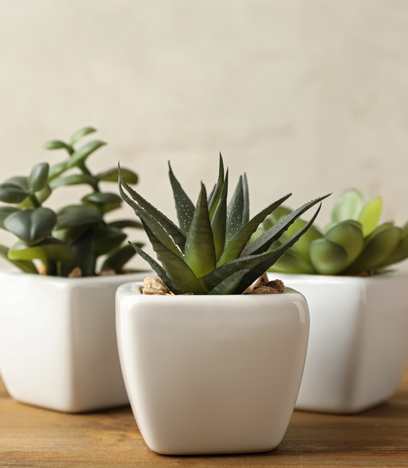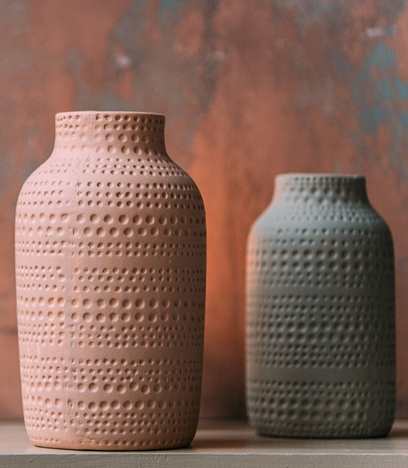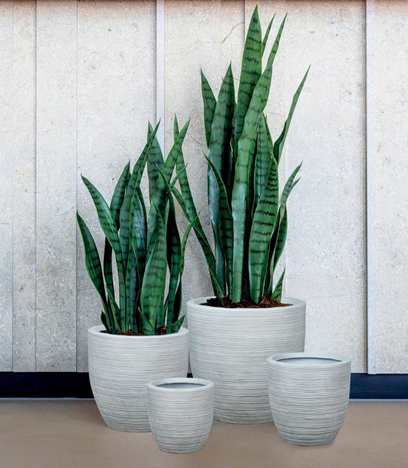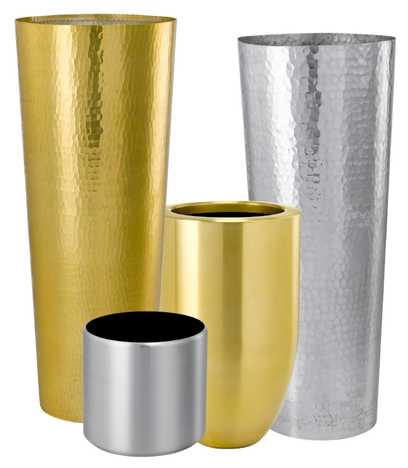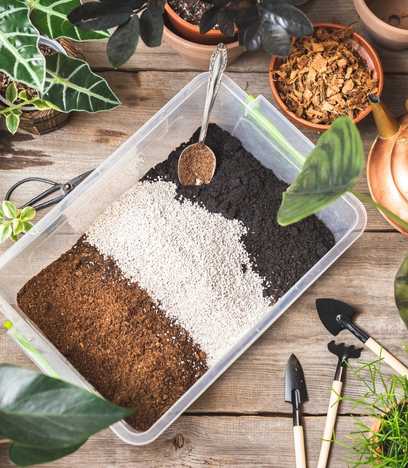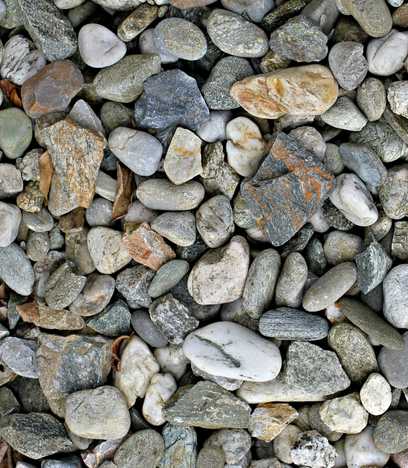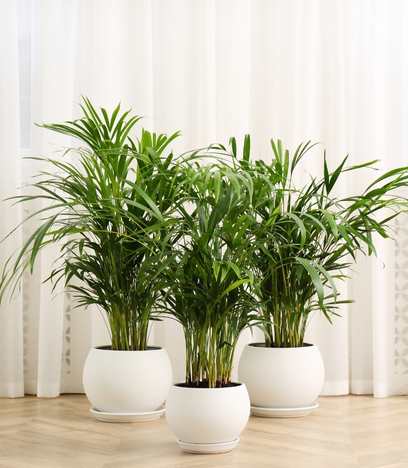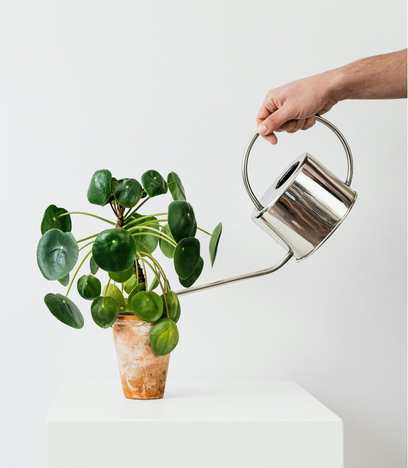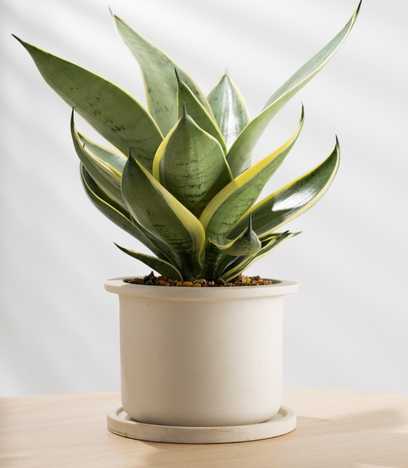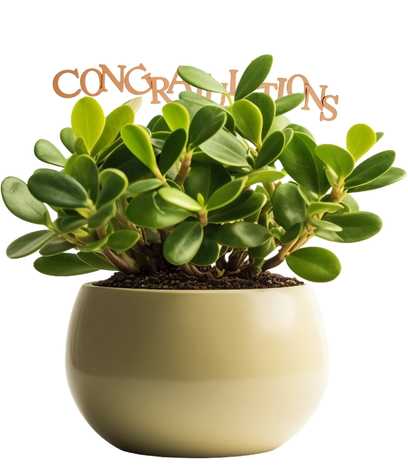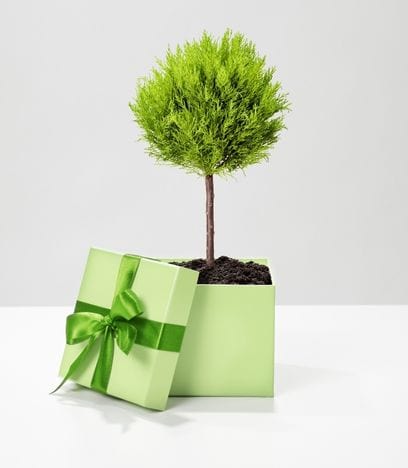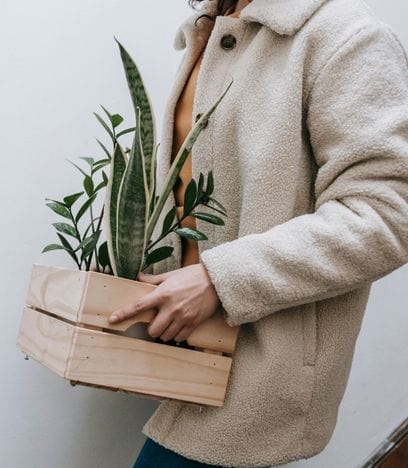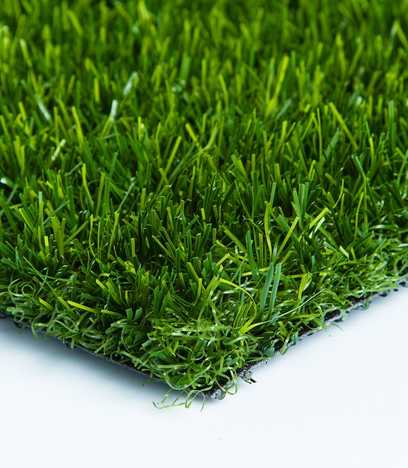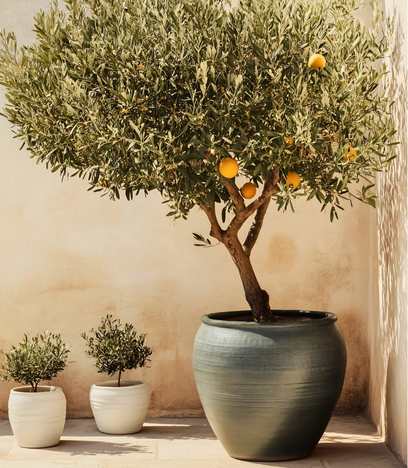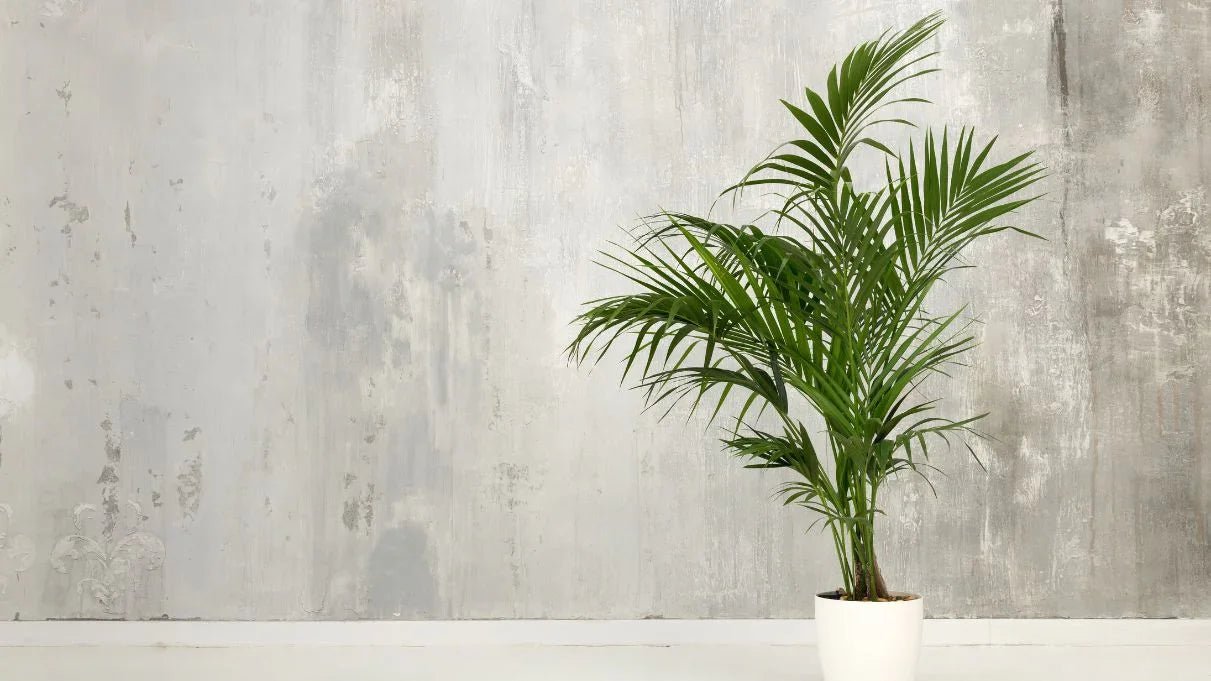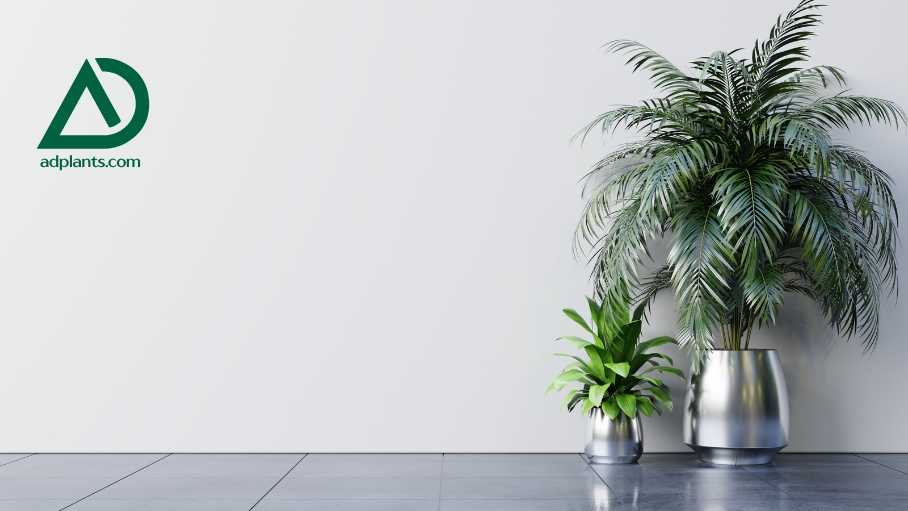Caring for Kentia Palm: A Detailed Guide
Houseplants have become an essential part of modern home decor, not just for their aesthetic appeal but also for the numerous health benefits they offer. Two popular choices among plant enthusiasts are the Kentia Palm (Howea forsteriana) and the Monstera (Monstera deliciosa). Both plants, while distinctly different in their care requirements, can thrive together, bringing a tropical touch to any indoor space. This guide provides a comprehensive look at how to care for these plants individually and as a duo.
Kentia Palm Care
The Kentia Palm, native to Lord Howe Island in Australia, is a beloved indoor plant due to its graceful fronds and ability to thrive in low light conditions.
Light Requirements
Kentia Palms prefer indirect light, making them perfect for spaces that do not receive direct sunlight. Direct sun can scorch their fronds, causing brown tips. Place your Kentia Palm in a spot with filtered light or partial shade. If natural light is insufficient, they can tolerate low-light conditions, but growth may slow down.
Watering
Kentia Palms like their soil to be consistently moist but not waterlogged. Overwatering can lead to root rot. Water your palm when the top inch of soil feels dry. In the winter months, reduce watering as the plant’s growth slows down. Always ensure that the pot has drainage holes to prevent excess water from accumulating.
Humidity and Temperature
These palms thrive in moderate to high humidity. If the air in your home is particularly dry, especially in winter, consider using a humidifier or placing the pot on a tray filled with pebbles and water. Ideal temperatures range from 60-85°F (15-29°C). Avoid placing the palm near drafts, heating vents, or air conditioning units as sudden temperature changes can stress the plant.
Soil and Fertilization
A well-draining potting mix is essential for Kentia Palms. A mixture designed for palms or a standard potting soil with added sand or perlite works well. Fertilize every 2-3 months during the growing season (spring and summer) with a balanced liquid fertilizer diluted to half strength. Over-fertilization can damage the roots, so less is more.
Pruning and Maintenance
Kentia Palms are low-maintenance but benefit from occasional pruning to remove yellowing or dead fronds. This not only keeps the plant looking neat but also prevents pests and diseases. Wipe the fronds with a damp cloth periodically to remove dust and improve the plant’s ability to photosynthesize.
Common Issues and Troubleshooting
Despite your best efforts, you may encounter some common issues with your Kentia Palm. Here’s how to address them:
Yellowing Leaves
Yellow leaves on plants can indicate overwatering or poor drainage. Check the soil moisture and adjust your watering schedule. Ensure the pots have adequate drainage holes and that excess water can escape.
Brown Tips
Brown tips on the Kentia Palm can result from dry air, underwatering, or over-fertilization. Increase humidity, check your watering routine, and reduce fertilization if necessary.
Pests
Common pests include spider mites, mealybugs, and scale. Regularly inspect plants and treat infestations promptly with insecticidal soap or neem oil. Maintaining proper humidity and cleanliness can help prevent pest problems.
Root Rot
Root rot is caused by overwatering and poor drainage. If you suspect root rot, remove the plant from its pot, trim away affected roots, and repot in fresh, well-draining soil. Adjust your watering habits to prevent recurrence.
Caring for a Kentia Palm involves understanding their unique needs and creating a nurturing environment that caters to both. By providing appropriate light, consistent watering, high humidity, and regular maintenance, you can enjoy the lush, tropical beauty these plants bring to your home. Whether you’re a novice or an experienced plant parent, following these guidelines will help ensure your plants thrive together, enhancing your indoor space with their natural elegance.


